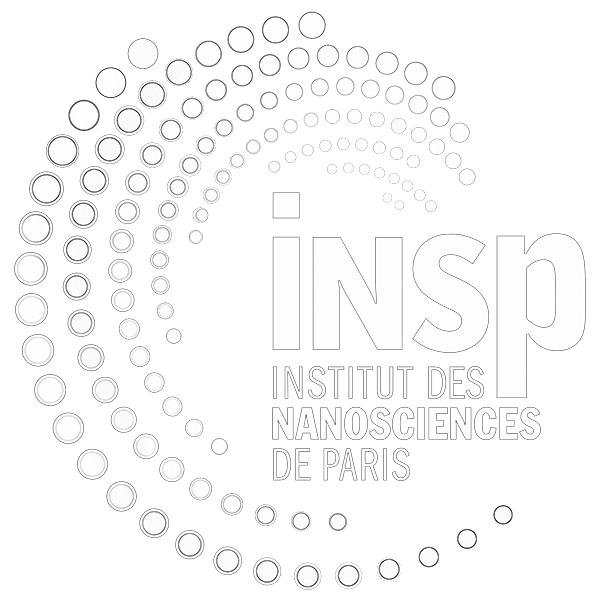22-23 317
Xiao Zhang – ISMO
Abstract
Phosphorene, a semiconducting two-dimensional material, has recently attracted huge interest due to its potential applications in opto-electronics. The first attempts to synthesize phosphorene were based mainly on mechanical and chemical exfoliations. A few years later, different groups reported the synthesis of phosphorene using the molecular beam epitaxy process, which opened the way for research on physical properties. Here, we report phosphorus growth on an Au(110) substrate via molecular beam epitaxy. The atomically resolved scanning tunneling microscopy images exhibit a self-assembled phosphorus-dimer structure, which is converted into phosphorus chains when increasing the phosphorus coverage. The chemical composition of the obtained structures is determined via Auger electron and X-ray photoelectron spectroscopies. Density functional theory calculations support the experimental findings.
Besides, as a semiconductor material, phosphorene has a wide range of applications in many fields, but traditional semiconductor devices rely on the movement of charges, accompanied by resistive losses and energy consumption, while spin electronics devices achieve logic and storage functions by manipulating the spin of electrons, without the need for large-scale current flow, which can significantly reduce power consumption. Here we try to use molecular beam epitaxy to grow phosphorus on a magnetic metal substrate Ni(111), scanning tunneling microscopy, low-energy electron diffraction, and synchrotron radiation source X-ray photoelectron spectroscopy were used to reveal the growth and self-assembly process of phosphorus on the magnetic substrate Ni(111), and the experimental results were fitted using density functional theory, this work will provides researchers with ideas for the subsequent preparation of two-dimensional phosphorus on magnetic substrate.

